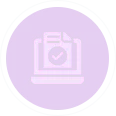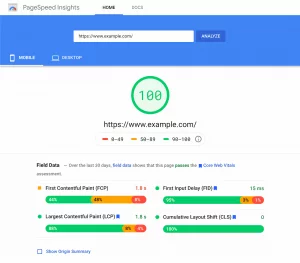In today’s highly competitive and ever-evolving digital marketplace, the ability to consistently attract and convert new customers is not just a growth tactic—it’s a critical pillar of long-term business sustainability. As consumer behaviors become more complex and expectations continue to rise, relying on outdated methods or guesswork can significantly hinder growth. This is where customer acquisition tools come into play.
Customer acquisition tools are specialized software platforms, systems, and technologies designed to streamline the process of identifying, reaching, engaging, and converting potential customers. These tools combine the power of automation, data analytics, and personalization to help businesses operate more efficiently and target audiences more effectively.
Whether you’re a startup founder or a seasoned business owner, adopting customer acquisition tools isn’t just a way to boost leads—it’s a necessity for building sustainable growth in an increasingly crowded marketplace.
Adapting to the Modern Customer Journey
The customer journey is no longer linear. Today’s consumers interact with brands across multiple touchpoints—websites, mobile apps, social media platforms, emails, and online ads—before making a purchasing decision. Customer acquisition tools help you:
- Track and understand user behavior across channels
- Personalize messaging in real time
- Automate follow-ups and retargeting sequences
- Measure performance to continuously refine your approach
With such tools in place, businesses can meet customers where they are, anticipate their needs, and influence decision-making at every stage of the funnel.
Why Customer Acquisition Tools Matter
Customer acquisition tools are designed to streamline, automate, and enhance your marketing efforts by making them smarter, more targeted, and data-driven. These tools are integral to identifying potential customers, engaging with them effectively, and converting them into paying clients while optimizing your marketing spend
Key Benefits of Customer Acquisition Tools
1. Precision Targeting and Audience Segmentation
Modern customer acquisition platforms use powerful analytics and AI-driven segmentation to help businesses precisely identify and target ideal customer profiles. These tools analyze demographic data, online behaviors, purchase history, and interest patterns to:
- Pinpoint high-conversion audience segments
- Reduce wasted ad spend by focusing only on relevant users
- Tailor messaging for different segments to improve engagement
This granular level of targeting not only boosts campaign effectiveness but also aligns marketing investments with high-ROI prospects.
2. Strengthened Social Media Engagement
With billions of users actively engaging on platforms like Instagram, Facebook, LinkedIn, and X (formerly Twitter), social media has become a cornerstone for customer acquisition. Acquisition tools integrate seamlessly with these platforms to:
- Schedule and automate posts for consistent visibility
- Monitor conversations and brand mentions in real-time
- Respond to customer inquiries promptly, enhancing trust and credibility
Through personalized interactions and timely responses, brands can create meaningful relationships that foster loyalty and encourage conversions.
3. Real-Time Performance Tracking and Optimization
One of the biggest advantages of using acquisition tools is their built-in performance analytics. These insights allow you to monitor every aspect of your campaigns, including:
- Click-through rates (CTR)
- Conversion rates
- Customer acquisition cost (CAC)
- Return on ad spend (ROAS)
By continuously analyzing these KPIs, businesses can quickly identify underperforming strategies and optimize or reallocate resources for better results.
4. Informed, Data-Driven Decision Making
Modern customer acquisition tools don’t just report data—they turn data into actionable intelligence. With dashboards and automated reports, you gain a comprehensive understanding of:
- Customer journey and behavior
- Market trends and competitive benchmarks
- Funnel performance from awareness to conversion
These insights empower marketers to make strategic decisions that are evidence-based and aligned with real-time consumer preferences.
5. Personalized and Customized Campaign Delivery
Personalization is no longer optional—it’s expected. Today’s customer acquisition platforms allow for hyper-personalized marketing by:
- Sending tailored messages based on browsing history or past interactions
- Delivering dynamic content that adapts to user behavior
- Triggering email sequences and retargeting ads based on user actions
This level of customization improves user engagement, builds trust, and significantly enhances the chances of converting leads into loyal customers.
6. Improved Cost Efficiency and RO
Smart allocation of marketing budgets is critical for small and growing businesses. Acquisition tools help reduce marketing waste by:
- Eliminating guesswork in targeting and outreach
- Highlighting top-performing channels for better resource allocation
- Continuously refining campaigns to reduce cost per acquisition (CPA)
Over time, businesses can lower acquisition costs while maximizing return on investment, ultimately achieving more with less.
Top Customer Acquisition Tools of 2024:
1. Popupsmart
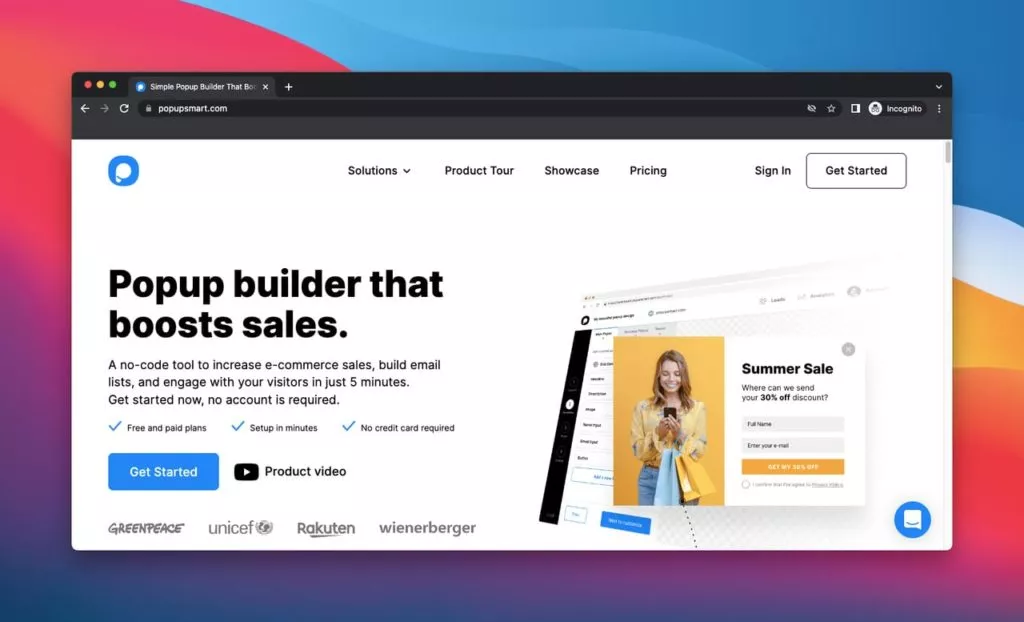
Popupsmart stands out as a dynamic and innovative no-code popup builder, empowering businesses to redefine their online engagement strategies. With a mission to enhance user interaction, Popupsmart provides a feature-rich platform for creating visually appealing and highly functional popups. Whether the goal is to boost sales conversions, grow email lists, or promote products, Popupsmart offers a versatile solution designed to cater to diverse business needs. The platform’s ready-to-use and customizable popup layouts, coupled with advanced targeting features like exit-intent, geo-location, and scroll triggers, enable businesses to precisely tailor their outreach. Moreover, Popupsmart’s incorporation of smart tags facilitates the display of dynamic texts, ensuring personalized and effective marketing campaigns.
Pros:
- Versatile Functionality: Popupsmart accommodates a range of popup purposes.
- Ready-to-Use Layouts: Businesses can choose from a variety of customizable layouts.
- Behavioral Targeting: Advanced features enable precise targeting based on user behavior.
- Dynamic Texts: Smart tags allow the creation of dynamic, personalized content.
Cons:
- Multilanguage Limitations.
- A/B Testing Absence.
- Free Plan Limitations.
Pricing: Popupsmart offers a free plan with limitations. Paid plans start from $24/month.
G2 Rating: Popupsmart boasts a G2 rating of 4.4/5, reflecting its positive reception among users.
2. HubSpot Sales Hub

HubSpot Sales Hub emerges as a leading CRM solution equipped with a suite of sales engagement tools, robust reporting capabilities, and analytics features. Recognized for its user-friendly interface, HubSpot Sales Hub plays a pivotal role in empowering businesses to analyze conversion rates, streamline sales funnels, and engage with a broader customer base. The platform’s marketing automation features facilitate seamless email marketing, campaign management, and lead management. Offering comprehensive contact and account management, task management, and desktop integration, HubSpot Sales Hub provides a holistic solution for businesses aiming to refine their sales strategies and enhance conversion rates. Social collaboration features, coupled with robust mobile user support, further contribute to effective customer acquisition and relationship management. Additionally, the platform allows businesses to manage customer success workflows seamlessly.
Pros:
- User-Friendly Interface: HubSpot Sales Hub boasts an intuitive and user-friendly design.
- Marketing Automation: Advanced features for email marketing and lead management.
- Comprehensive Management: Efficient handling of contact and account management, task management, and desktop integration.
- Social Collaboration: Encourages collaboration with mobile support.
- Customer Success Workflows: Seamless management from acquisition to retention.
Cons:
- Professional Plan Cost.
- Workflow Sensitivity.
- Merging Contacts Requires Improvement.
Pricing: HubSpot Sales Hub offers a free plan, with paid plans starting from $45/month.
G2 Rating: HubSpot Sales Hub holds a G2 rating of 4.4/5, reflecting positive feedback from users.
3. SureTriggers
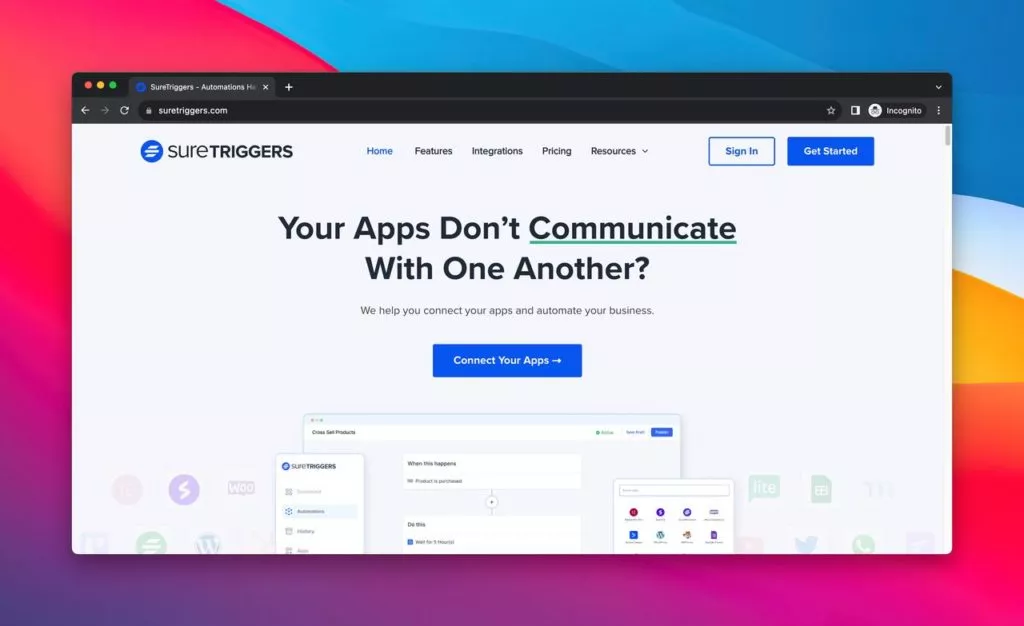
SureTriggers positions itself as a versatile automation platform, providing a compelling alternative to existing solutions like Zapier. With a commitment to seamless integration, the platform facilitates the effortless connection of various applications, offering users the flexibility to integrate their preferred apps effortlessly. SureTriggers plays a pivotal role in enhancing new customer acquisition strategies by empowering businesses to deliver personalized messages and tailored experiences to potential customers.
Pros:
- Facilitates targeted and personalized messaging, boosting engagement and conversion.
- Automated triggers ensure timely follow-ups, nurturing leads throughout the customer journey.
- Captures and analyzes crucial customer data for improved lead qualification.
- Integrates with diverse marketing channels such as email, social media, and CRM for multi-channel campaigns.
Cons:
- Limited app integrations, with new additions on a weekly basis.
- Learning curve for those new to automation.
- Extensive features may appear overwhelming initially.
Pricing: SureTriggers offers a lifetime free plan with 1000 initial tasks. Three plans include Free, Pro, and Agency, with pricing based on specific task requirements.
G2 Rating: SureTriggers boasts a G2 rating of 4.5/5, reflecting positive user feedback.
Learn about funnel builder solutions here.
4. Drift
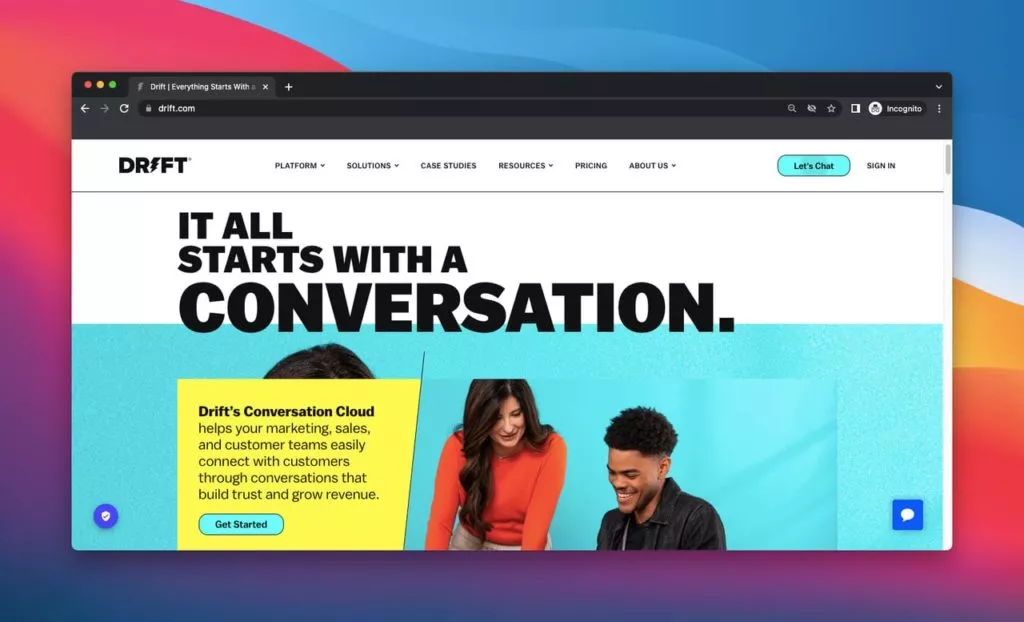
Drift emerges as a cutting-edge customer acquisition software designed to foster connections with customers and visitors. Leveraging the AI-powered Conversation Cloud, Drift empowers businesses to elevate their customer acquisition strategies significantly. The platform offers a suite of features contributing to effective marketing and sales strategies, including customer prospecting, visitor intelligence, real-time personalization, automated customer support, and custom chatbots.
Pros:
- Customer prospecting aids in prioritizing essential accounts for outreach.
- Visitor intelligence and real-time personalization provide valuable customer insights.
- Automation of customer support and custom chatbots enhances customer satisfaction.
- Robust lead gathering and customer profiles facilitate audience analysis.
Cons:
- Learning curve for optimal utilization.
- Improvement needed in data integration and extraction.
- Abundance of features may be overwhelming for beginners.
Pricing: Drift offers a free trial, with Premium, Advanced, and Enterprise plans available. Pricing details for these plans can be obtained by contacting the Drift sales team.
G2 Rating: Drift holds a G2 rating of 4.3/5, showcasing positive user sentiments.
5. ReferralCandy
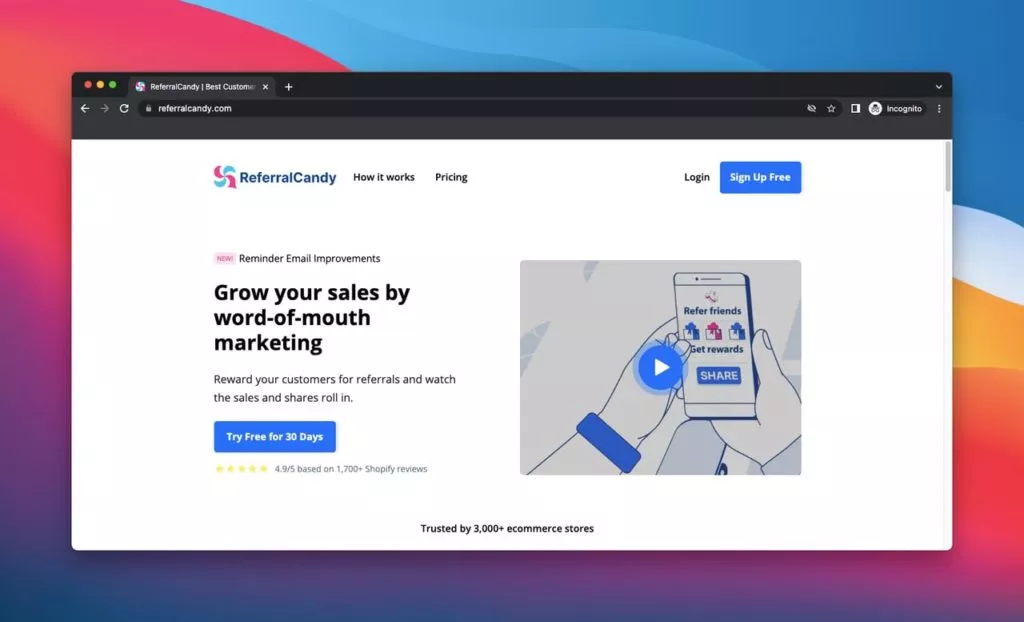
ReferralCandy establishes itself as a robust referral and customer acquisition software tailored to meet the needs of businesses. Focused on automating referral programs and analyzing results, ReferralCandy offers an easy-to-use platform seamlessly integrating with popular e-commerce stores such as Shopify, WooCommerce, BigCommerce, Magento, and ReCharge.
Pros:
- User-friendly platform designed for e-commerce stores.
- Seamless integration with major e-commerce platforms.
- Flexible reward options, including percentage discounts, dollar discounts, cash, and custom gifts.
- Addition of referral widgets, signup forms, and post-purchase popups for increased conversions.
Cons:
- Limited to one referral program per account.
- Integration challenges with certain platforms.
- Limited filtering options that need improvement.
Pricing: ReferralCandy offers Premium starting from $39/month and Plus from $239/month. Enterprise pricing details can be obtained by contacting the sales team.
G2 Rating: ReferralCandy holds a G2 rating of 4.4/5, reflecting positive user feedback.
6. Unbounce
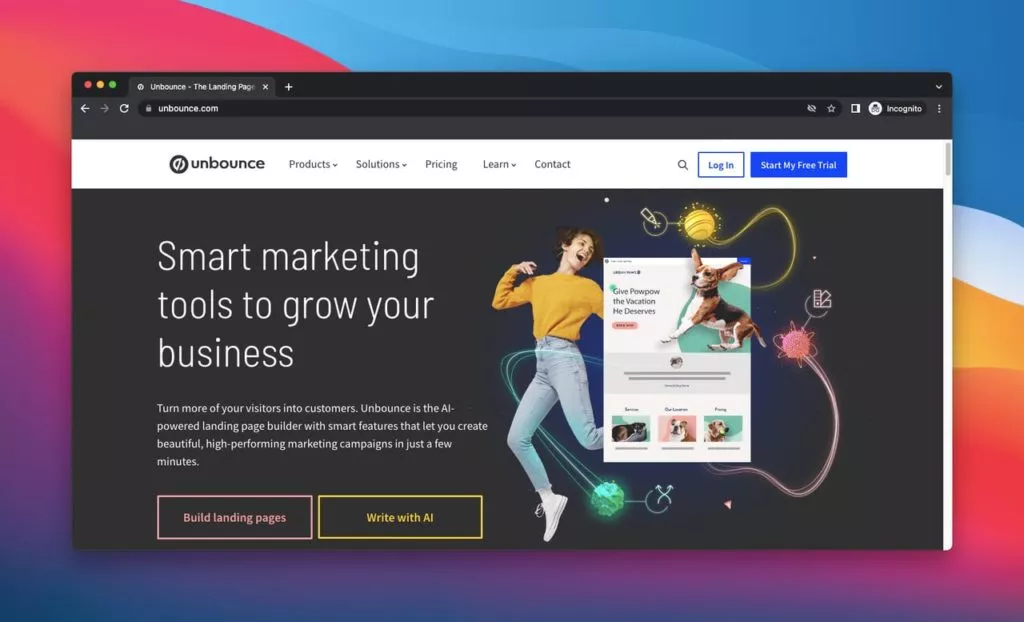
Unbounce harnesses the power of AI to assist businesses in creating conversion-ready landing pages and connecting effectively with visitors. Suited for diverse sectors, including e-commerce, SaaS, agencies, small businesses, and professional services, Unbounce prioritizes user-friendly solutions that optimize landing page performance.
Pros:
- Integration with various CRM tools and email marketing software.
- A/B testing features embedded in campaigns.
- Optimization for mobile responsiveness and SEO friendliness.
- Customizable templates for streamlined web presence creation.
Cons:
- Challenges in customizing certain landing page elements.
- Testing process improvement needed for percentage calculations.
- Tracking conversions may require the use of custom codes, posing complexity.
Pricing: Unbounce offers Launch from $81/month, Optimize from $122/month, and Accelerate from $203/month. Pricing is tiered based on conversions and visitor limits.
G2 Rating: Unbounce holds a G2 rating of 4.4/5, reflecting user satisfaction.
7. Mailchimp
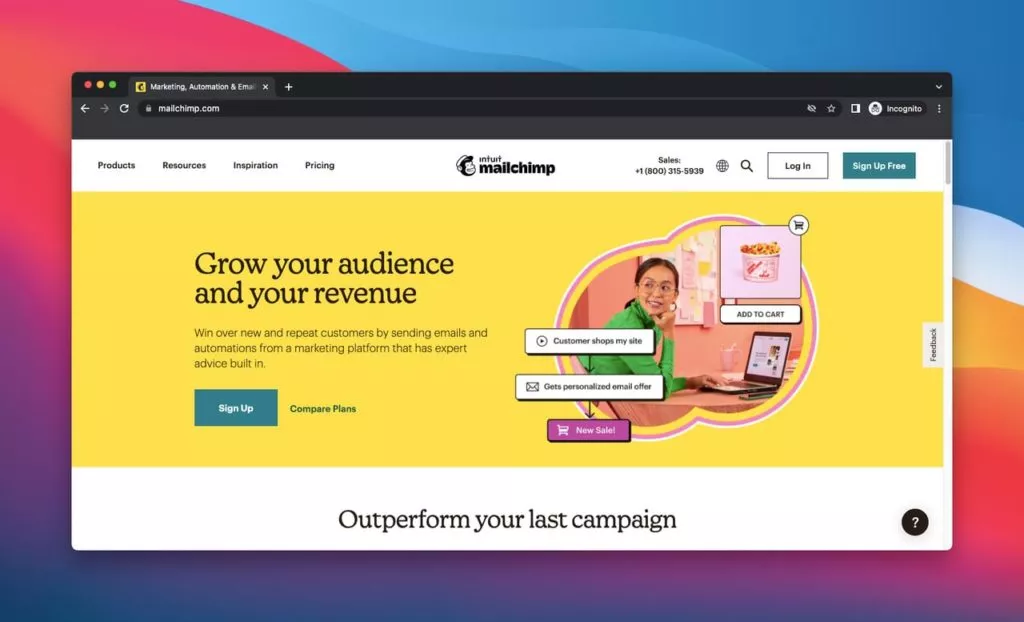
Mailchimp, established as a leading marketing platform, has solidified its position by offering all-encompassing solutions to businesses seeking a unified marketing approach. With an array of sophisticated features, Mailchimp provides users with the tools to not only manage their audience effectively but also to automate marketing processes, analyze campaigns comprehensively, and unleash their creative potential. From content creation to A/B testing and detailed reporting, Mailchimp caters to diverse marketing needs.
Pros:
- Audience management and marketing automation for precise targeting.
- Insights and analytics solutions for comprehensive campaign analysis.
- Creative tools like content studio, dynamic content, templates, and creative assistant.
- Inclusion of A/B testing, surveys, reports, and content optimizer features.
Cons:
- Learning curve for beginners; adapting to the platform takes time.
- Limitations in layouts and image galleries requiring improvement.
- Free plan limitations, and the unlimited plan may incur higher costs.
Pricing: Mailchimp offers a free plan with limited features. The essentials plan starts from $11/month, and the standard plan starts from $17/month. Premium plan details vary based on contact numbers.
G2 Rating: With a G2 rating of 4.3/5, Mailchimp stands as a highly rated platform reflecting user satisfaction.
8. Wunderkind

Wunderkind distinguishes itself as a performance marketing and customer acquisition tool that places a premium on enhancing the visitor experience. Tailored specifically for retailers, publishers, and travel companies, Wunderkind’s multichannel marketing solutions offer real-time messaging features, audience development tools, and consumer marketing solutions. Automated, one-to-one emails further solidify its commitment to driving meaningful results and converting potential customers into loyal patrons.
Pros:
- Real-time messaging features for improved customer service.
- Audience development solutions for capturing emails and reaching the target audience.
- Consumer marketing solutions to convert potential customers into loyal ones.
- Automated, one-to-one emails for enhanced conversion.
Cons:
- Overwhelming reporting features requiring adaptation.
- Limited updates and improvements, lacking certain features.
- SMS marketing features in need of improvement.
Pricing: For Wunderkind’s pricing details, users can contact the sales team.
G2 Rating: Wunderkind maintains an impressive G2 rating of 4.7/5, showcasing high user satisfaction.
9. LiveChat
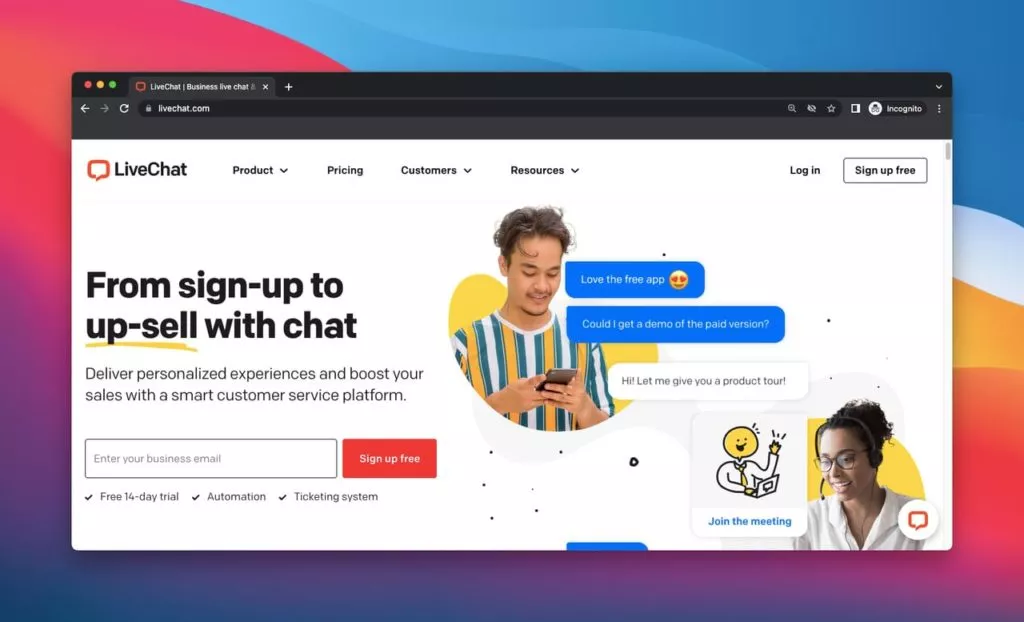
LiveChat emerges as a pivotal tool in the realm of help desk solutions, facilitating direct interaction with visitors to improve customer service swiftly. With a robust set of features including file sharing, chat archives, and customer engagement tools, LiveChat goes beyond the basics to provide users with a comprehensive solution for customer interaction and support. Features like ecommerce reports, customizable chat widgets, and detailed analysis tools contribute to its effectiveness.
Pros:
- Various chat tools, including file sharing, chat archives, chat tags, and chat ratings.
- Customer engagement tools like targeted messages, messaging modes, eye-catchers, and chat transcripts.
- Ecommerce reports, customer reports, data summaries, and chat reports for interaction analysis.
- Customizable chat widget with features like agent profiles, accessibility, languages, and chat boosters.
Cons:
- Improvement needed in automation features.
- Challenges in deleting chats when a person leaves.
- Occasional glitches requiring time for updates and recovery.
Pricing: LiveChat offers a starter plan from $16/month for small offices, a team plan from $33/month for full-time support teams, and a business plan from $50/month for customer service departments. Enterprise plan details can be obtained by contacting LiveChat’s sales team.
G2 Rating: LiveChat holds a G2 rating of 4.5/5, indicative of high user satisfaction.
10. ProProfs Chat
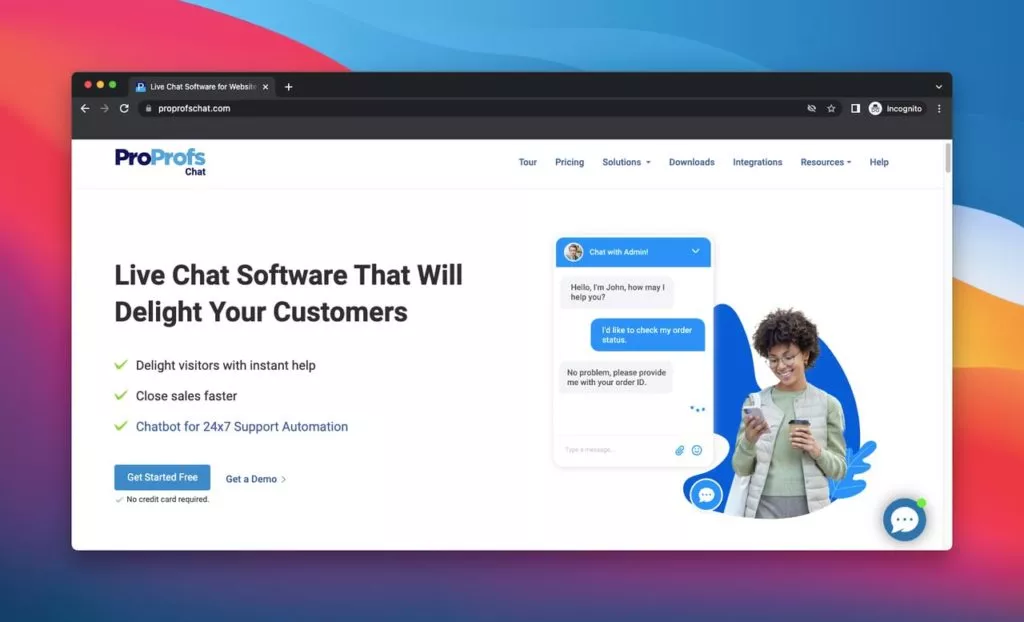
ProProfs Chat positions itself as a live chat tool designed to enhance the practicality of the customer service experience. Through the incorporation of chatbot technology and features like 24/7 support, ProProfs Chat aims to improve help desk interactions. With a focus on identifying visitor intents, automating support requests, and providing features like pre-chat forms and chat history, it offers a comprehensive solution for businesses aiming to streamline their customer support.
Pros:
- Utilization of chatbots for human-like interactions and 24/7 support.
- Identification of visitor intents before chat initiation for improved team performance.
- Automation of support requests and practical chat transfers to relevant departments.
- Helpful features like pre-chat forms and chat history for quick visitor interaction.
Cons:
- Limited customization options in the dashboard.
- Reports section lacking detailed insights requiring improvement.
- Occasional delays in response time.
Pricing: ProProfs Chat offers a 15-day free trial. The essentials plan starts from $10/month, and the premium plan starts from $15/month. Pricing details may vary based on the operator number, and information on enterprise plans can be obtained from the sales team.
G2 Rating: ProProfs Chat holds a G2 rating of 4.5/5, reflecting high user satisfaction.
Tips for Enhancing Your Customer Acquisition Strategy
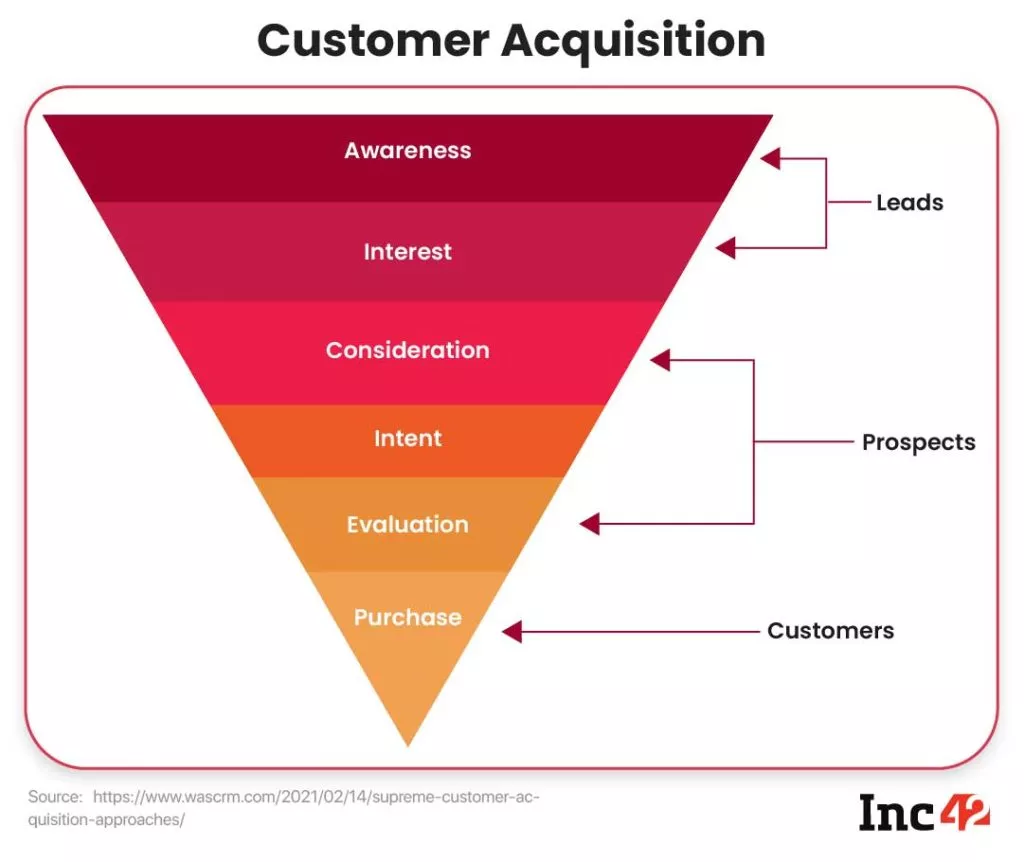
In today’s competitive digital landscape, capturing attention and converting visitors into loyal customers requires more than just good products—it demands strategic finesse. Whether you’re just starting out or scaling an established business, implementing these key practices can dramatically improve your customer acquisition success.
1. Intuitive Product Design & Seamless User Experience
First impressions matter. Ensure your product is thoughtfully designed with a clean interface and intuitive navigation. A seamless user experience not only builds trust but also encourages users to explore, engage, and ultimately convert.
2. Mobile Optimization for Maximum Reach
With mobile traffic surpassing desktop in many industries, your website must perform flawlessly on all devices. A mobile-optimized experience ensures faster loading times, responsive design, and effortless browsing—critical factors in reducing bounce rates and increasing conversions.
3. Deep Understanding of Your Audience
Effective communication starts with knowing your audience. Use data analytics, feedback loops, and behavioral insights to understand who your customers are, what they care about, and how they prefer to engage. Speak their language, address their pain points, and position your product as the solution.
4. Create Irresistible First-Time Offers
Give new customers a reason to say “yes.” Limited-time discounts, exclusive bundles, or loyalty rewards can make your offers stand out and provide that final nudge toward conversion. A compelling entry offer often translates into long-term retention.
5. Deliver Exceptional Customer Service
Customer service can make or break your brand. Ensure your website features live chat, easy-to-find support options, and self-service FAQs. Prompt responses and proactive issue resolution not only improve satisfaction but also foster brand loyalty and word-of-mouth promotion.
6. Clear and Compelling Calls-to-Action (CTAs)
Your calls-to-action should be visible, persuasive, and strategically placed. Whether it’s “Start Your Free Trial,” “Get 20% Off,” or “Book a Demo,” a strong CTA guides users through the buyer’s journey and eliminates hesitation.
7. Continuous Campaign Analysis and Optimization
Don’t let your efforts go unchecked. Use analytics tools to track performance metrics such as click-through rates, conversion rates, and cost per acquisition. Continuously refine your campaigns based on real-world data to maximize ROI and stay ahead of the curve.
Ready to Elevate Your Customer Acquisition Strategy?
By integrating these seven best practices into your digital marketing approach, you position your business for scalable growth and higher conversion success. From thoughtful design and mobile readiness to compelling offers and data-driven insights, each step plays a vital role in turning visitors into loyal customers.
Want to see these strategies in action? Try Nesrift for FREE.
✅ Build customer-first experiences
✅ Optimize campaigns with real-time data
✅ Launch with high-performing CTAs and smart offers
👉 Start Your Free Trial with Nestify Today – No credit card required. Just results.
FAQs on Customer Acquisition Tools
What are the main sources of customer acquisition?
The primary sources of customer acquisition include direct marketing (email, advertisements), paid advertising, content marketing, social media advertising, search engine optimization (SEO), and referral marketing.
What CRM tools are used for customer acquisition?
CRM tools such as HubSpot, Salesforce, and Zendesk are widely used for customer acquisition. They help businesses track customer interactions, preferences, and facilitate targeted marketing strategies.
What are customer acquisition channels?
Customer acquisition channels encompass various methods to attract and convert customers. Examples include social media ads, influencer and affiliate marketing, direct mail campaigns, and search engine marketing (SEM). These channels play a crucial role in reaching and engaging new customers.

